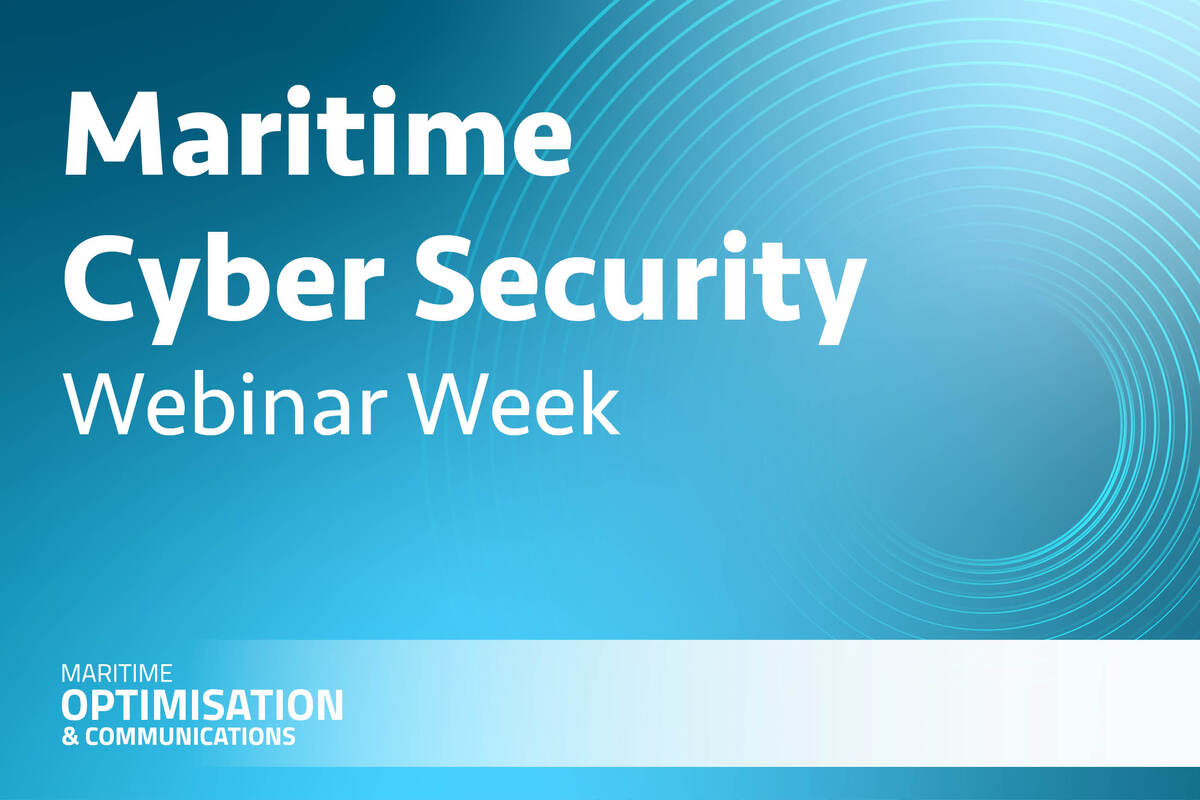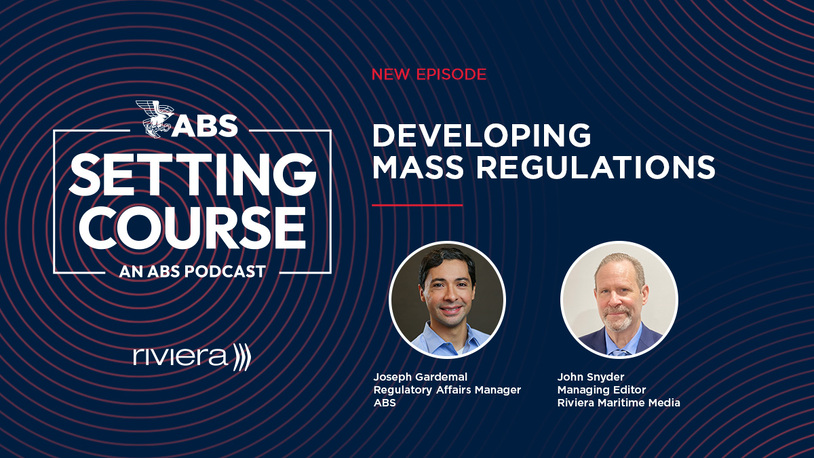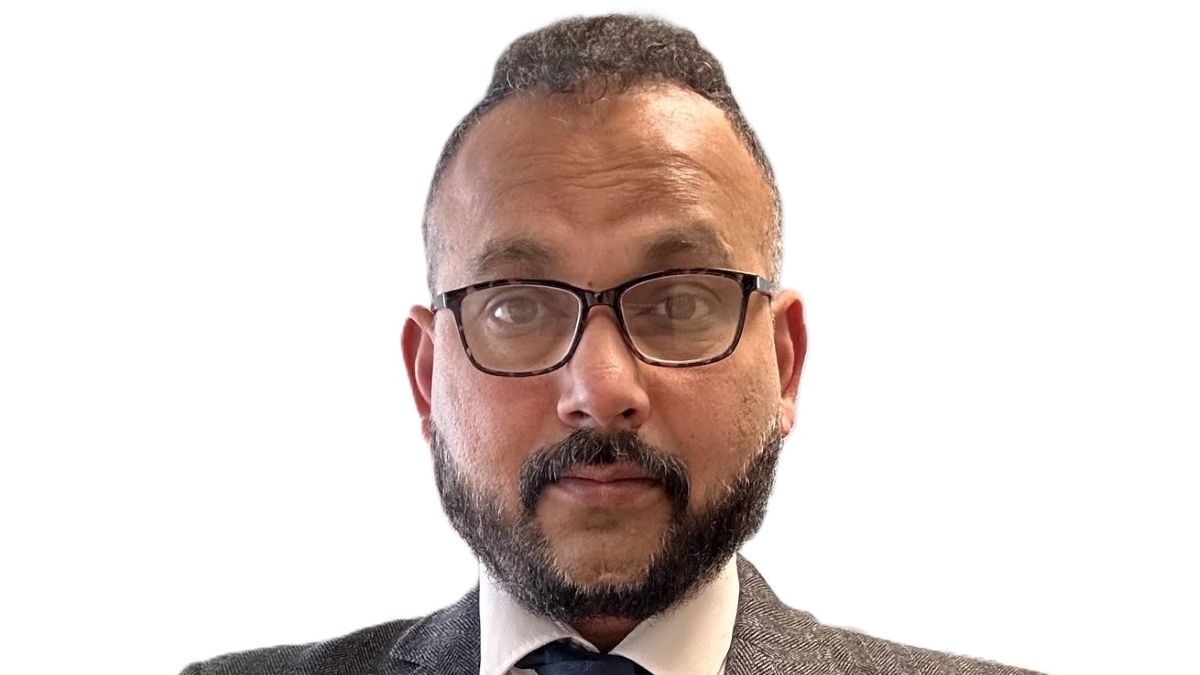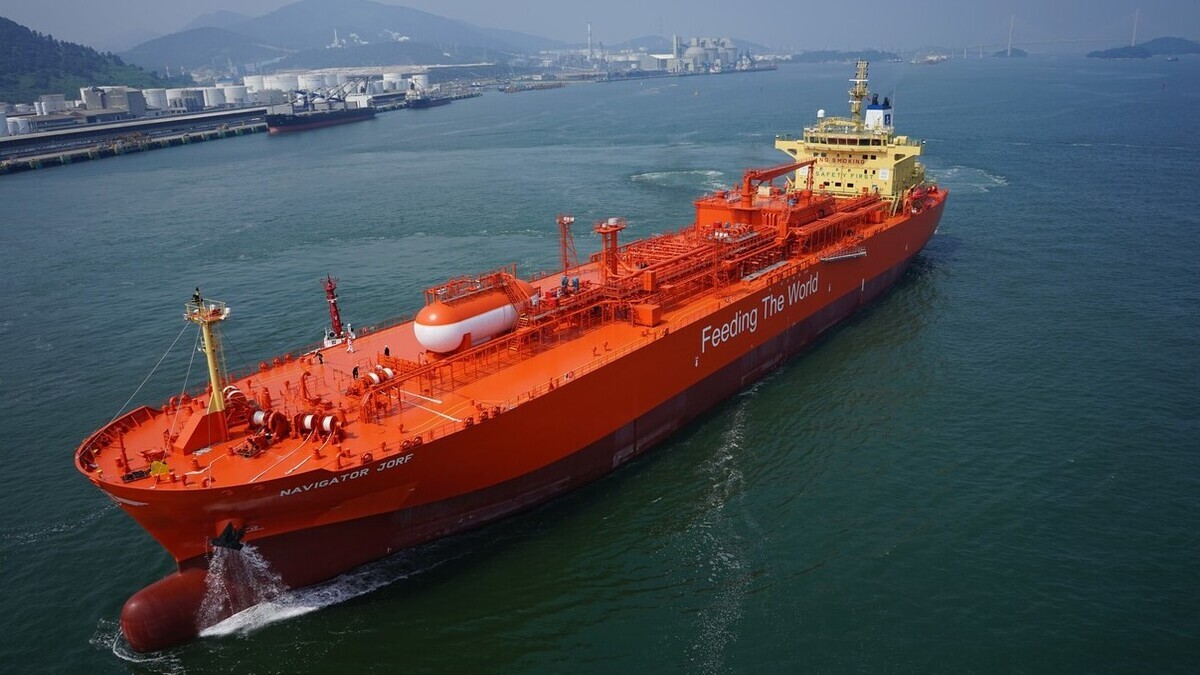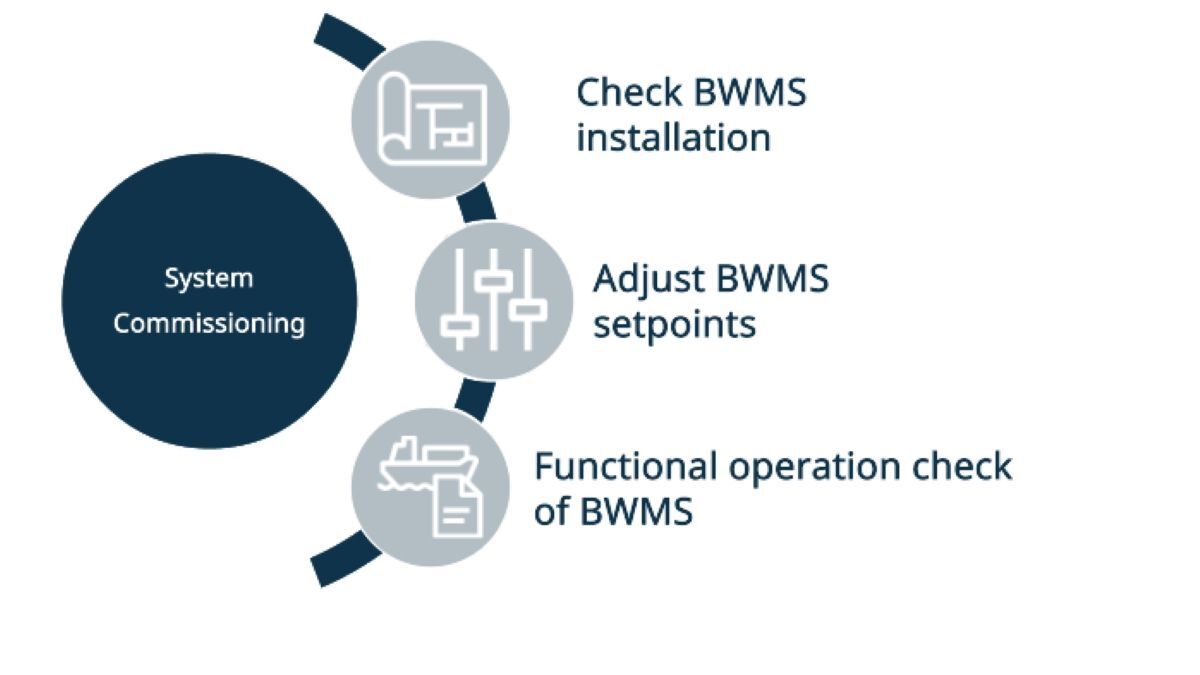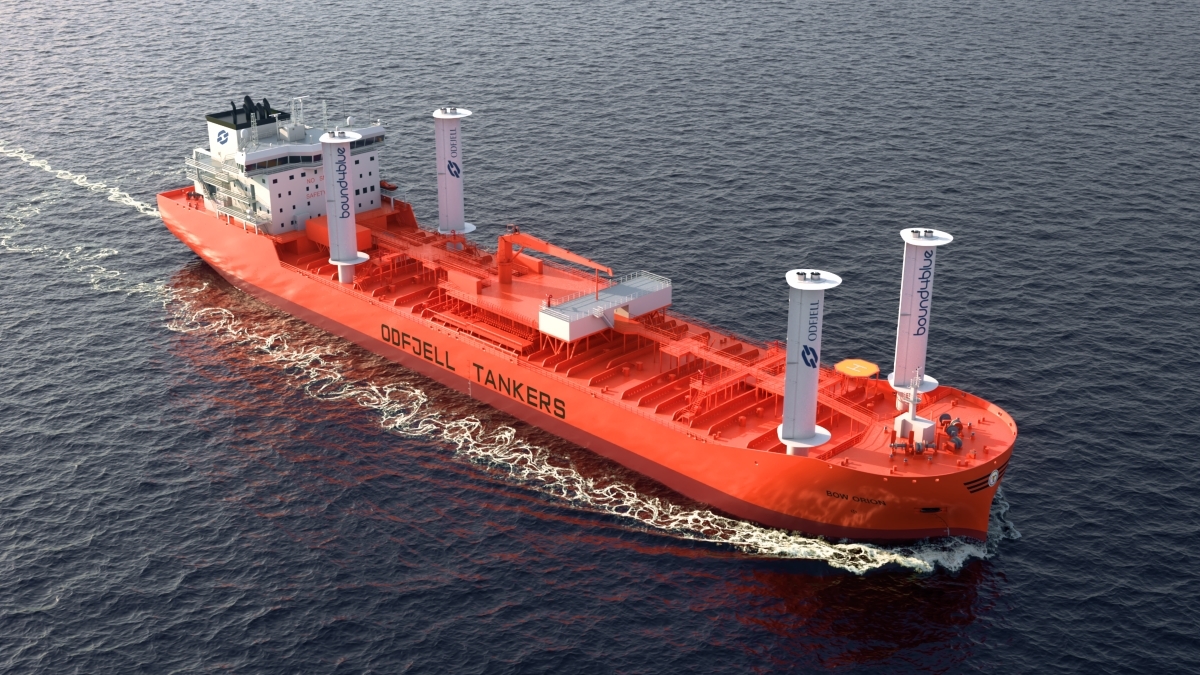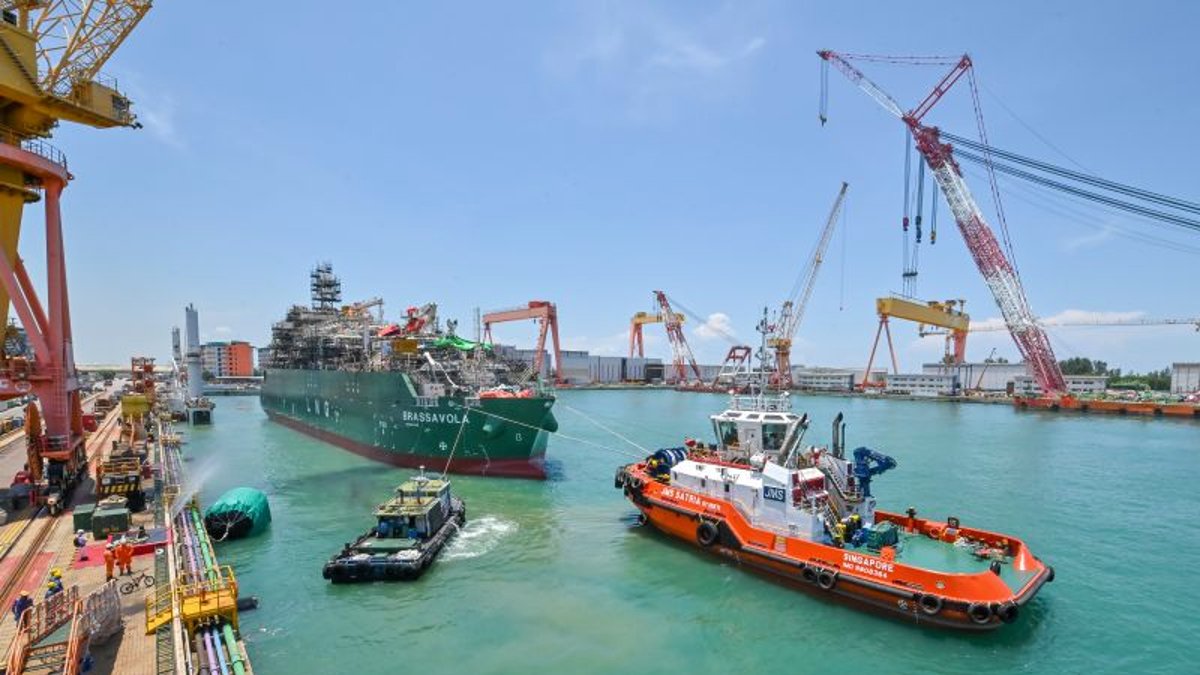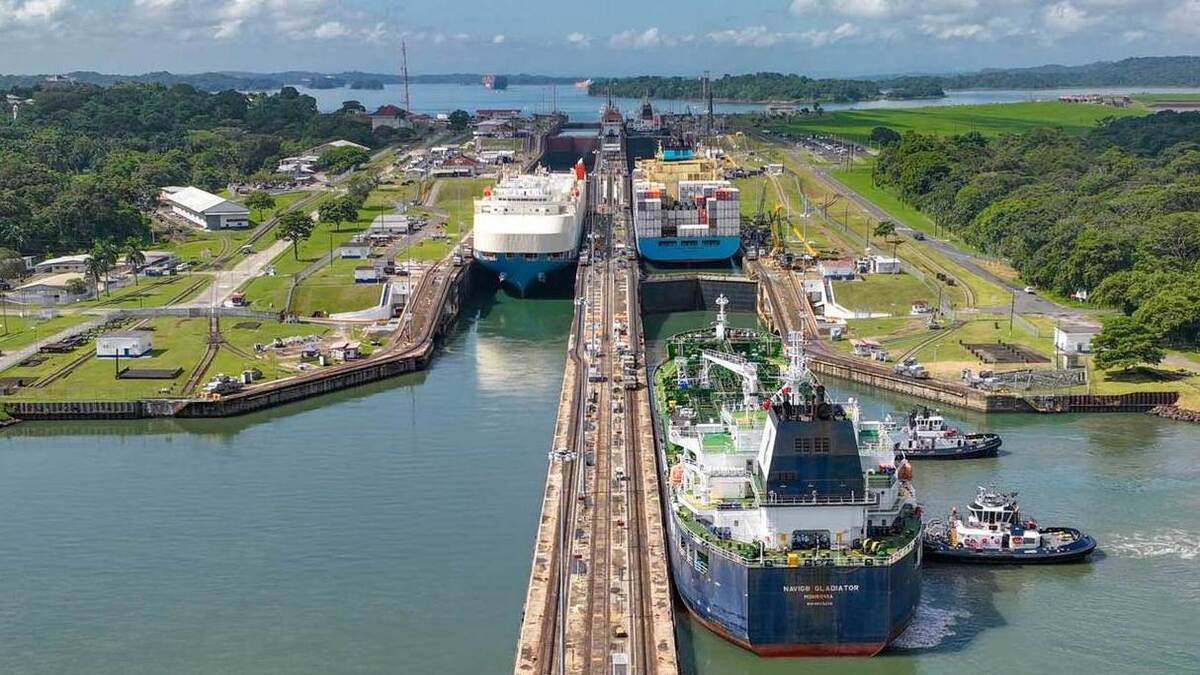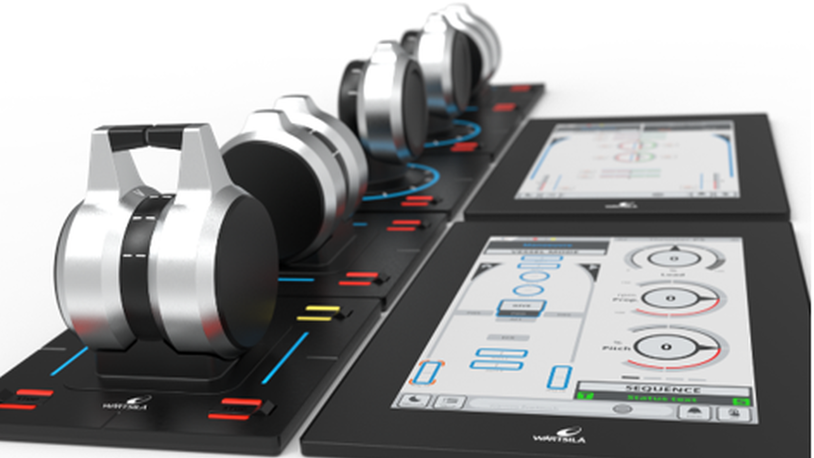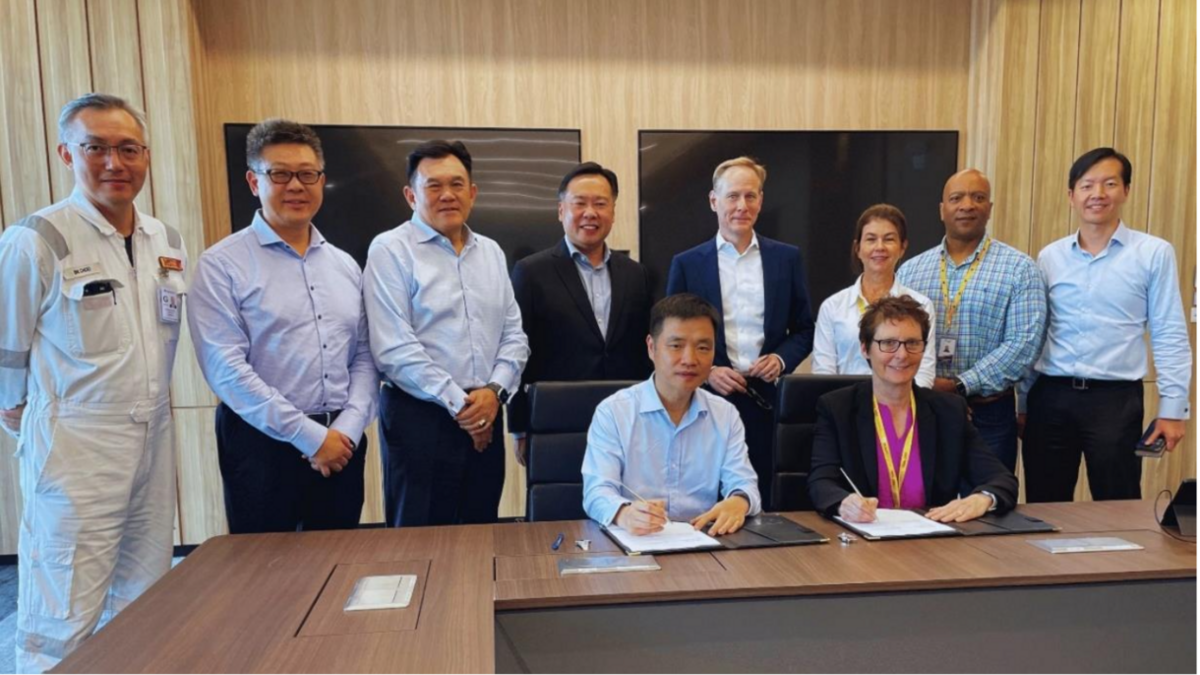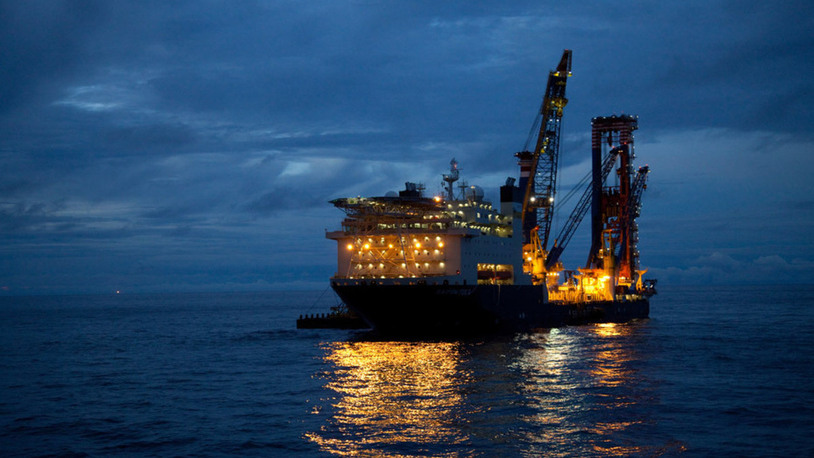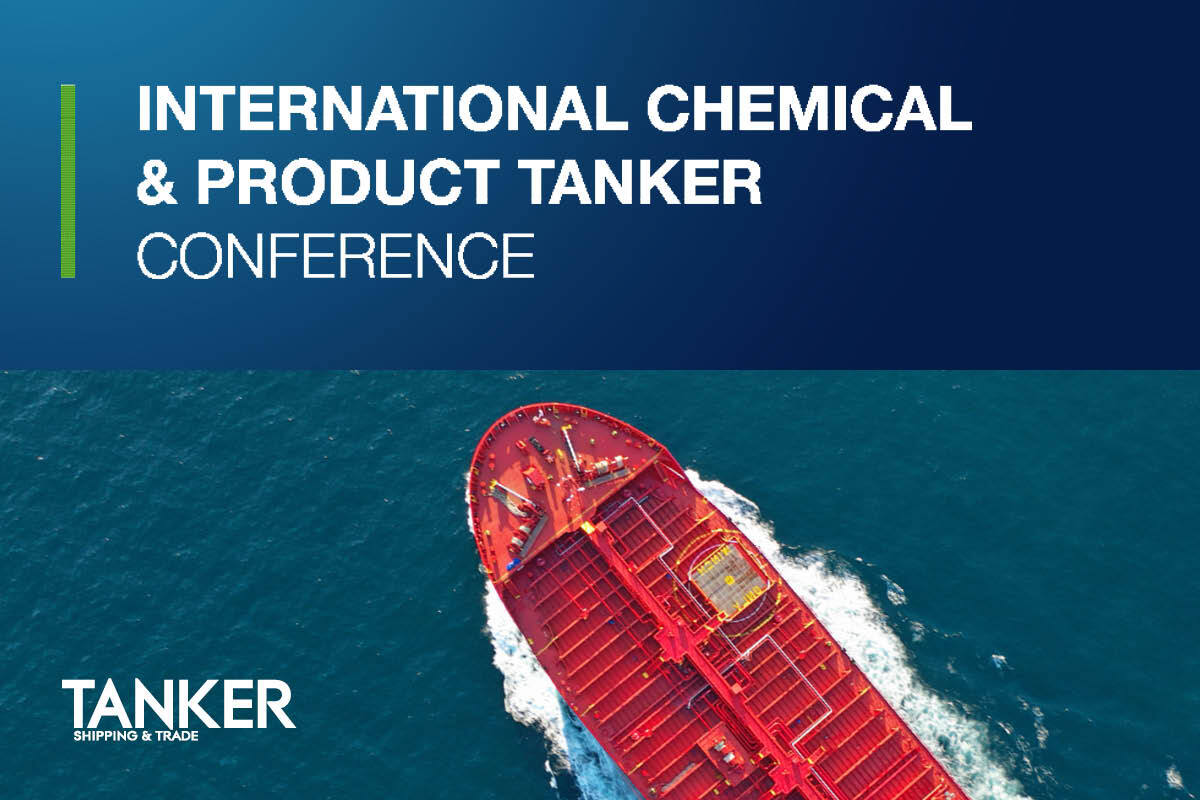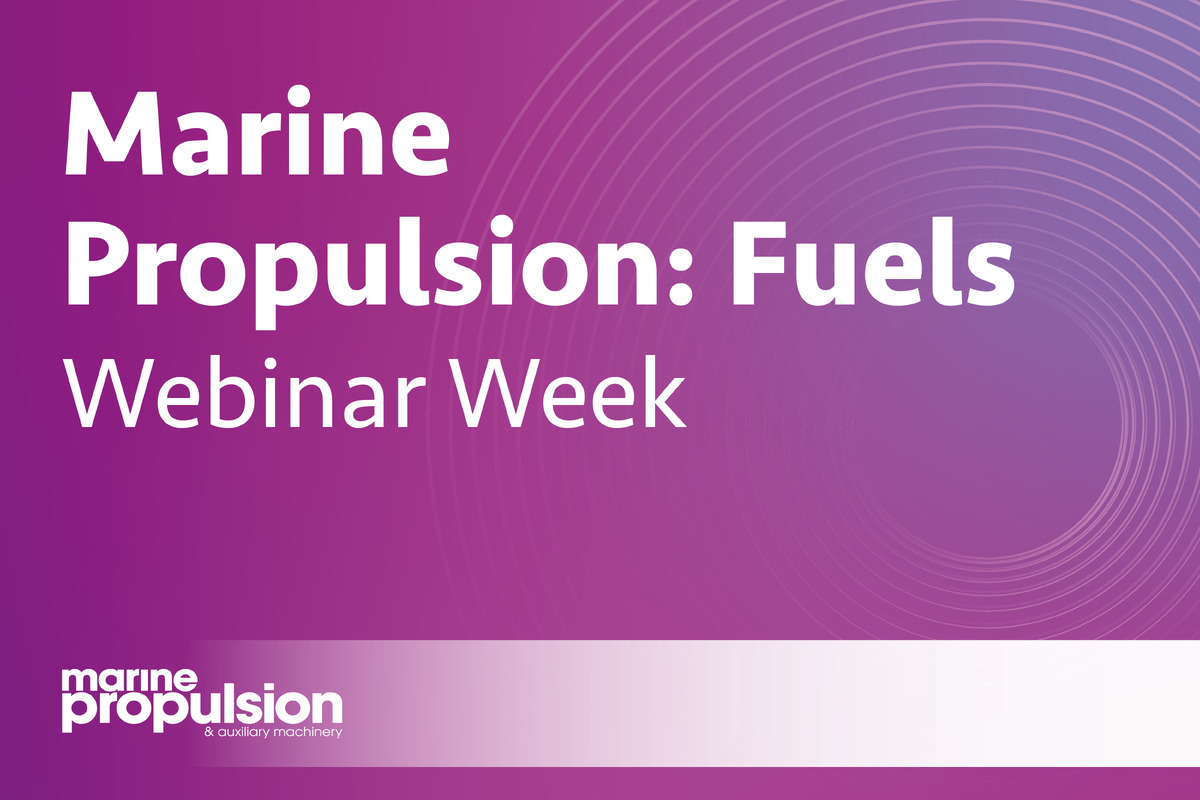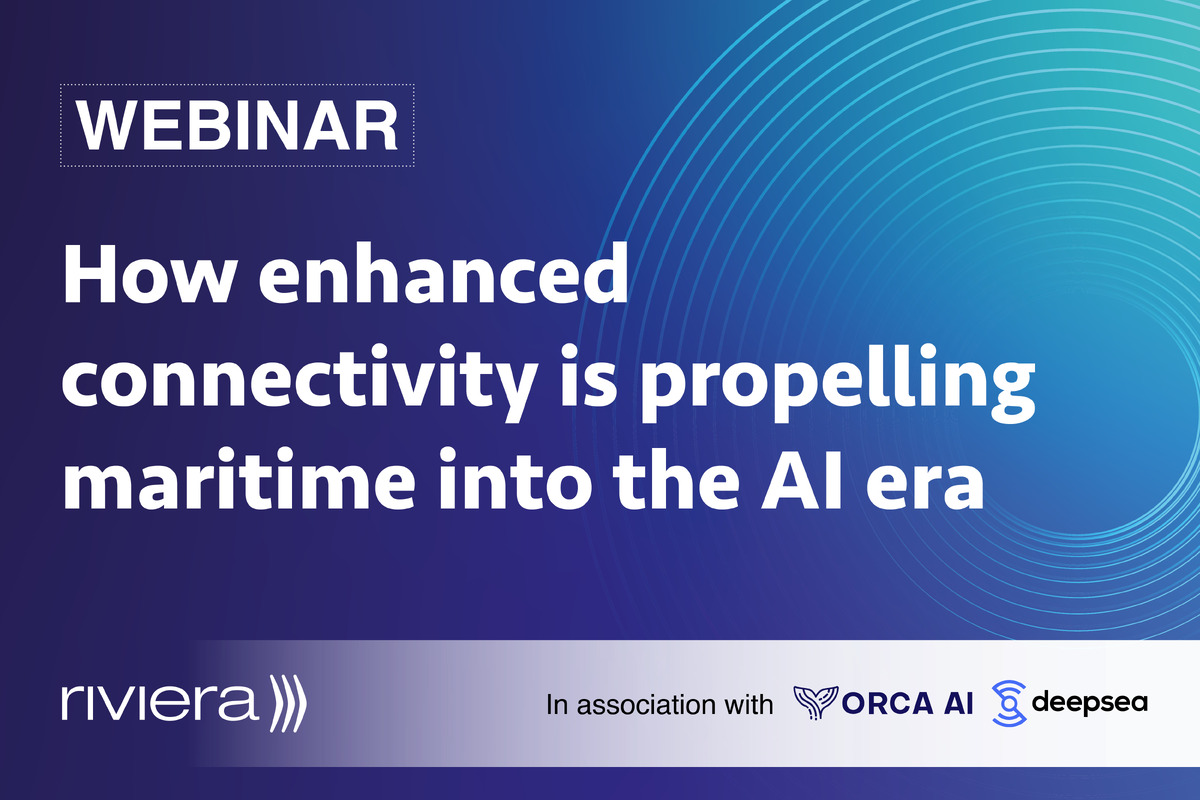Business Sectors
Events
Contents
Asian OSV demand boosted by US$10Bn upstream contracts
Upstream investment in southeast Asia is generating an upturn in utilisation and rates for offshore support vessels in the region
More than US$10Bn of upstream offshore contracts have been awarded so far this year, more than matching the investments committed for the whole of 2018 and the US$7Bn awarded in 2017. This rise in contract awards for offshore projects has boosted OSV and drilling rig utilisation and charter rates.
According to Maritime Strategies International (MSI), the contract awards cover projects from Australia to China, India and other nations in southeast Asia.
In a presentation to Riviera Maritime Media’s Asian Offshore Support Journal Conference, held in Singapore 17-18 September 2019, MSI associate director for offshore, Gregory Brown, said these developments will form the backbone of improvements in the OSV and rig markets into the next decade.
“Going forward, we are encouraged by activity for LNG backfill work in Malaysia and Australia and the potential for greenfield projects in Myanmar and Brunei,” said Mr Brown.
However, any forecast of improvements in utilisation and rates comes with caution.
“The OSV market continues to strengthen, but we are not out of the woods yet,” said Mr Brown.
“The market could reach activity levels that allows owners to do more than survive, but the upside is capped,” he explained, noting that market rates will be limited by the oversupply of vessels, including those laid up during the industry downturn in the last five years.
“There is still too much idle capacity, and this could be reactivated,” cautioned Mr Brown.
Nonetheless, utilisation of floating drilling rigs (semi-submersibles and drillships) is expected to rise over 70% in 2020. Jack-up rig utilisation is now climbing to more than 65%, statistics showed.
MSI predicts utilisation for anchor handlers and platform supply vessels (PSVs) will rise to 60% in 2020, from below 50% in 2017-2018.
Upstream by nation
In the upstream sector, Mr Brown analysed investments in Indonesia, Myanmar, Vietnam, Thailand and Brunei.
Activity levels in Thailand are expected to rise in the next decade as state energy group PTTEP intends to invest US$32Bn in new drilling and wellhead platforms after securing operatorship of the giant Bongkot and Erawan concessions.
More exploration and new projects are also anticipated in Brunei as operators of two huge deepwater exploration blocks, Total (CA-1 block) and Petronas (CA-2), have growing investment programmes.
Brunei Shell Petroleum is also returning to greenfield investment with new platforms planned for the Salman and Egret East fields.
Renewed upstream investment in Vietnam is also anticipated as international oil companies – Eni, ExxonMobil, Murphy, Jadestone and Idemitsu Kosan – intend to develop new oil and gas fields.
“Vietnam’s upstream sector is alive, there is activity, but it is beset with issues,” said Mr Brown. This is due to maritime disputes between Vietnam and China, which causes uncertainty for South China Sea exploration and results in postponed projects.
In Indonesia, offshore activity includes developments in the Mahakam area and deepwater tieback opportunities. There are developments underway and planned off East Kalimantan to send gas to Bontang and further east to deliver gas to the Tangguh LNG plants.
There is also upside in upstream activity in Myanmar that is attracting more international oil companies for exploration and development work. There could be a licensing round this year to produce more exploration opportunities in the next decade.
Malaysia focus
Upstream activity in Malaysia is rising as Petronas and international oil companies increase drilling and development activity.
This results in rising demand for drilling rigs and OSVs, said Bumi Armada Berhad vice president and director for offshore marine services Megat Zariman Abdul Rahim.
“Work programmes are increasing for drilling and maintenance, hook up and projects,” he said at the conference. “Petronas, Shell, ExxonMobil, PTTEP, Hess and Sapura Energy are all increasing activity.”
Petronas predicted it would require the services of more than 100 anchor handlers and 50 PSVs over the next three years.
Mr Rahim said there were around 26 offshore drilling rigs, including jack-up, semi-submersibles and barge-assist rigs, active in Malaysia.
But, he also added caution to the positive message on the demand side.
“OSV demand is there, but the problem is charter rates are still not improving to what they used to be in 2014.”
Charter day rates for anchor handlers are around US$5,000 versus US$10,000 in 2014, but are slightly better than 2018. This is because of the oversupply in OSVs and the high number of vessels still laid up.
Related to this Story
Events
Maritime Cyber Security Webinar Week
International Chemical & Product Tanker Conference 2024
Marine Propulsion: Fuels Webinar Week
How enhanced connectivity is propelling maritime into the AI era
© 2023 Riviera Maritime Media Ltd.
